Optimal Timing for Waterproofing Projects
Waterproofing is a critical process that protects structures from water intrusion, preventing damage and extending lifespan. Proper timing ensures effectiveness and durability of waterproofing systems. The optimal time depends on weather conditions, temperature, and project specifics.
Spring offers moderate temperatures and lower humidity, ideal for waterproofing projects. It allows sufficient curing time before summer heat or winter cold.
Summer provides warm, dry weather suitable for waterproofing. However, high temperatures require careful application to prevent rapid drying or cracking.
Fall is suitable for waterproofing before winter. Cooler temperatures slow curing, but dry conditions help achieve effective sealing.
Winter presents challenges such as freezing temperatures, snow, and high humidity, which can compromise waterproofing effectiveness and curing processes.
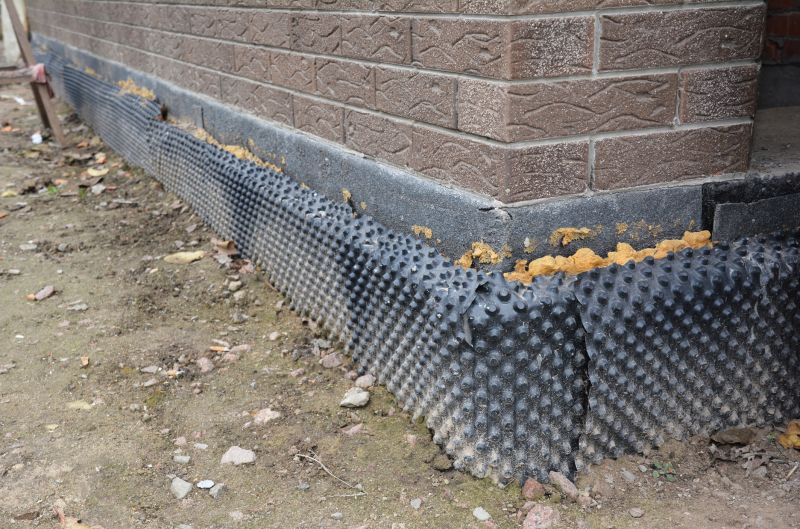
Spring offers optimal conditions for waterproofing projects with moderate temperatures and low moisture levels.
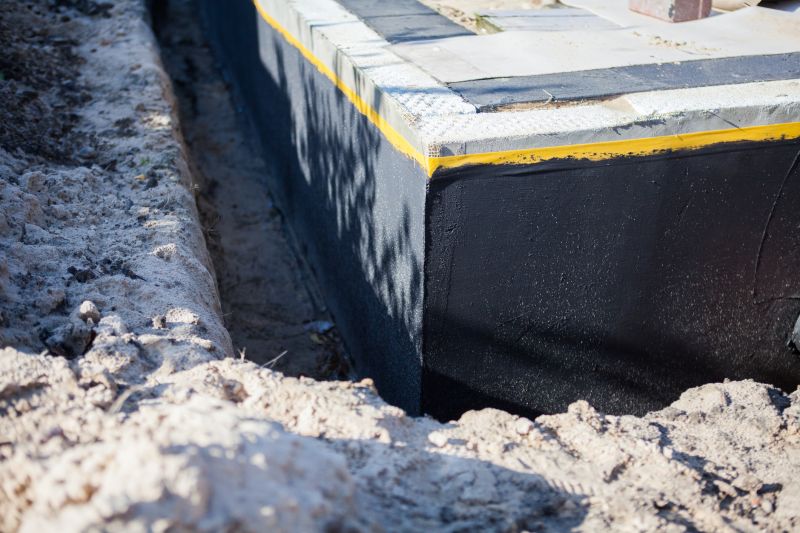
Warm summer weather facilitates effective waterproofing, provided application is done during cooler parts of the day.
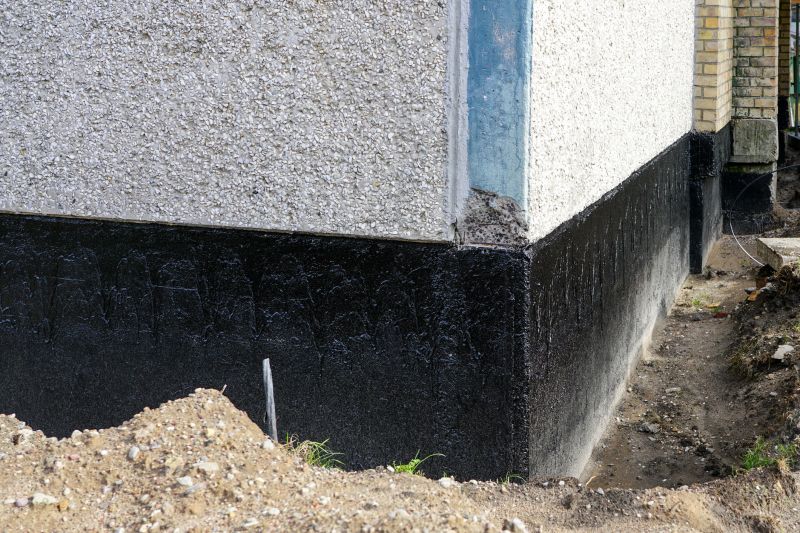
Fall allows for waterproofing before winter, ensuring structures are protected from upcoming cold weather.

Cold and wet winter conditions hinder waterproofing applications, risking poor adhesion and curing issues.

Application process underway during favorable weather conditions.
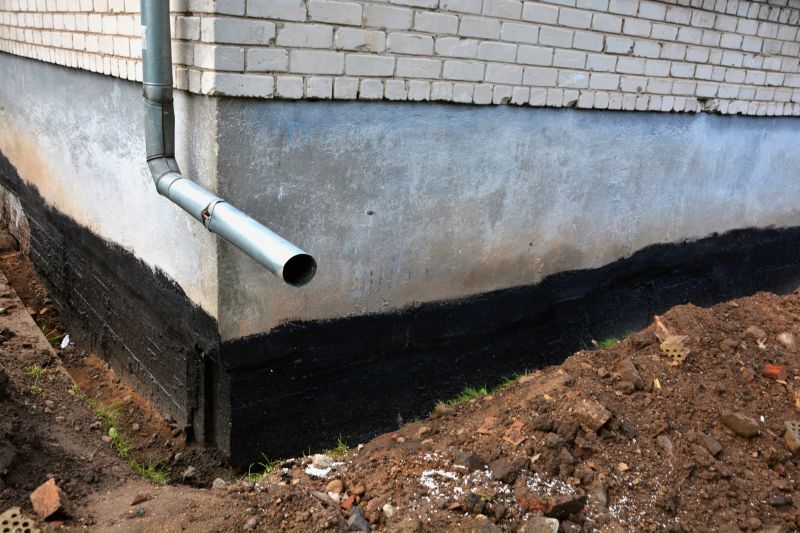
Completed waterproofing providing protection against water infiltration.

Waterproofing coatings applied to exterior surfaces for enhanced water resistance.
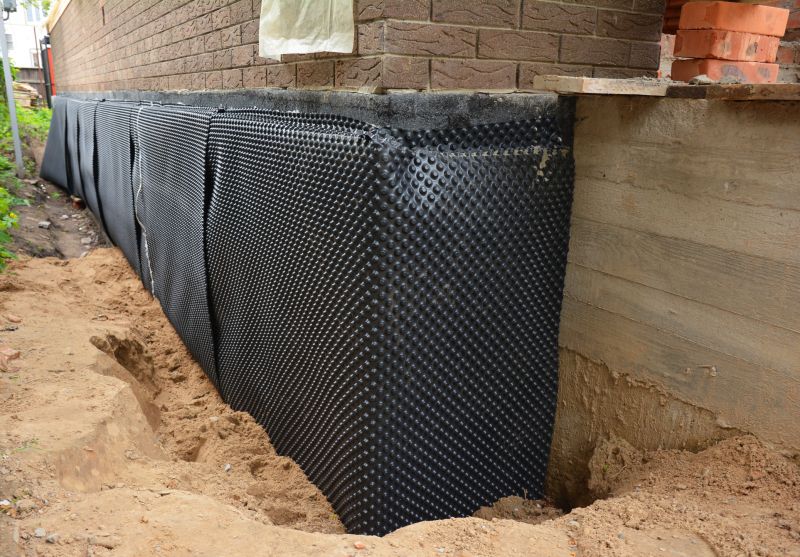
Various materials used for waterproofing including membranes, coatings, and sealants.
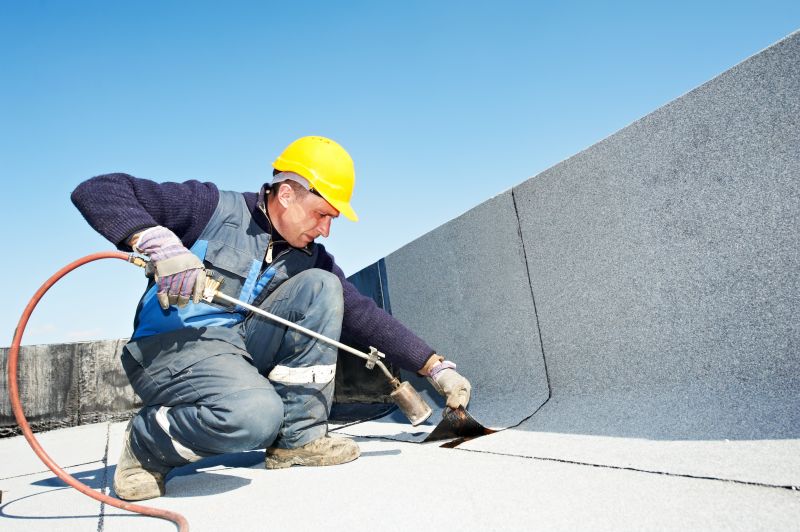
Post-application inspection to ensure proper sealing and coverage.
| Season | Advantages |
|---|---|
| Spring | Optimal temperatures and low humidity facilitate effective application. |
| Summer | Warm weather speeds curing; ideal for large projects. |
| Fall | Prepares structures for winter; cooler temperatures slow curing, but manageable. |
| Winter | Generally unsuitable due to freezing temperatures and moisture issues. |
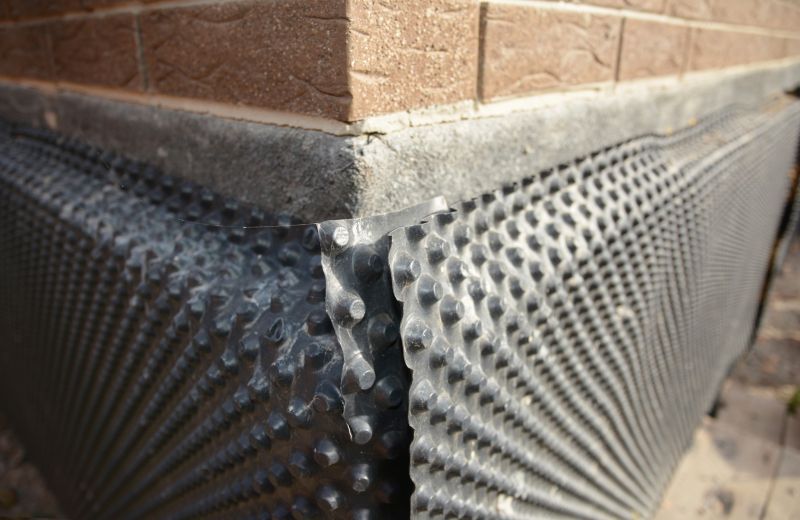
Various materials used for waterproofing including membranes, coatings, and sealants.
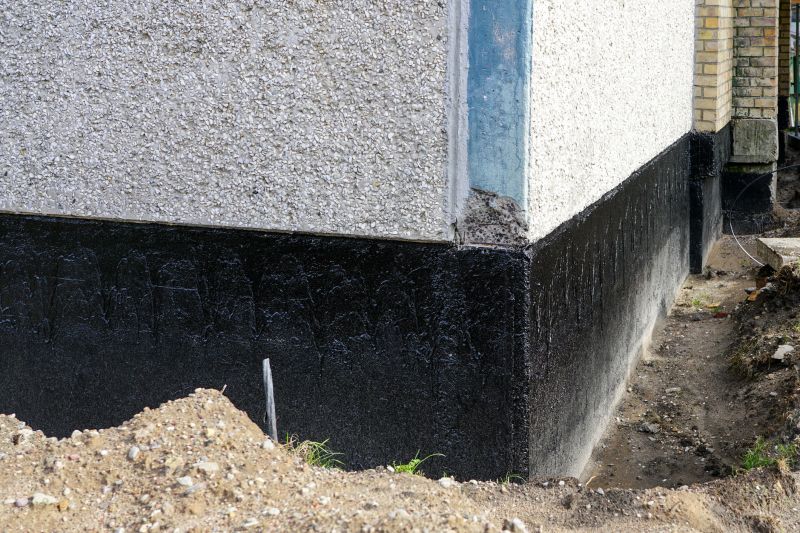
Applying waterproofing coatings during favorable weather conditions.
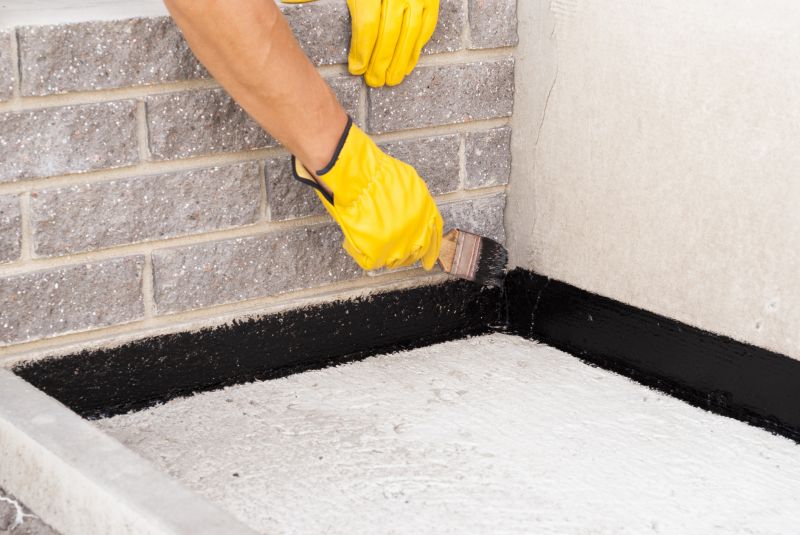
Completed waterproofing providing protection against water infiltration.
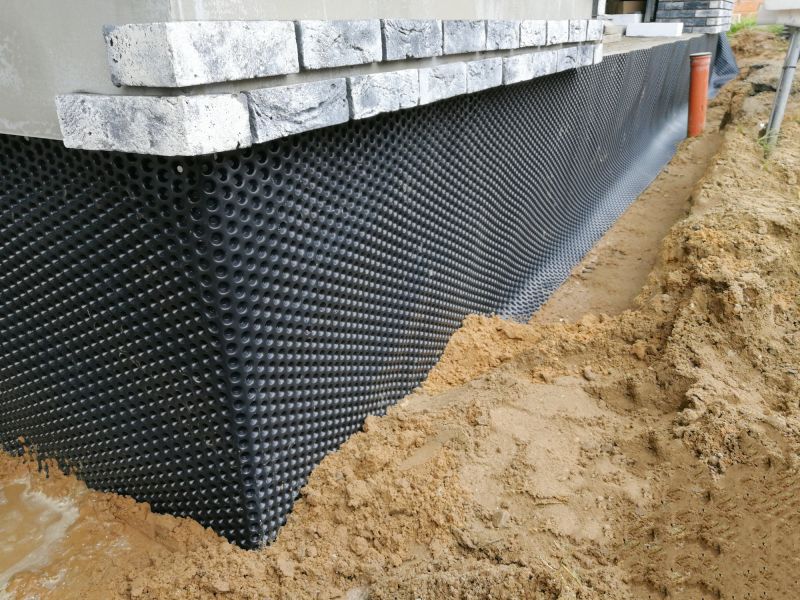
Post-application checks to ensure proper sealing and coverage.
Interested in waterproofing services? Filling out the contact form can provide more information and assistance tailored to specific project needs. Proper timing and application techniques are vital for long-lasting water protection.


